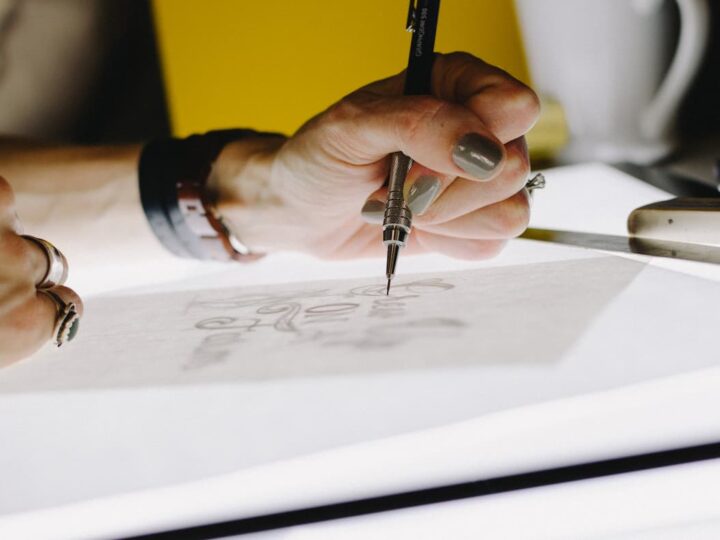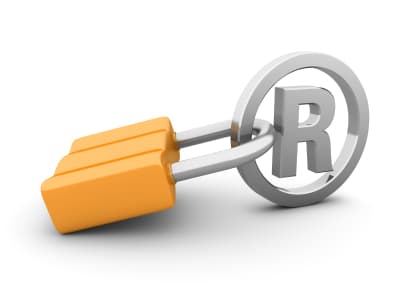 When you are considering trading internationally you need to make sure that you are protected against your invention being copied or your name, logo or brand being used inappropriately.
When you are considering trading internationally you need to make sure that you are protected against your invention being copied or your name, logo or brand being used inappropriately.
Protecting your intellectual property through the use of patents, trade marks and registered design rights defends you against other companies or individuals who may try to copy your goods or pass themselves off as your company.
Do your homework
It is important when looking to move into foreign markets to ensure that you will not be inadvertently infringing the existing rights of other companies within those markets. It is essential to do your research with robust intellectual property searches before embarking on costly and time consuming sales and marketing programmes.
Do I have rights in other countries?
Intellectual property rights are generally territorial. A granted patent or trade mark / design registration in the UK does not give you automatic rights for protection in another country. You must have applied for and been granted a patent, trade mark or design registration in a particular country in order to have those rights in that country.
Protection within the EU
Having a UK patent, trade mark or registered design does not give you automatic protection within other EU countries. You can file individual applications in each country you would like to seek protection. Alternatively, you can apply for a European patent or European Community trade mark or design registration.
A European patent application is a single application which if successful will result in a single European patent. To have effect, the granted European patent must then be validated in each European country where protection is required. This incurs separate fees for each country.
A European Community trade mark or design registration covers all 29 countries of the EU.
Protecting your inventions outside the EU:
Separate patent applications can be filed in each country where you would like to seek protection. Alternatively you can file an International patent application.
There is no such thing as an International patent – only an International application. At a particular point in the process an International application must be converted into separate national applications in the countries of interest and the cost at this stage is comparable to filing separate national patent applications. Each separate national application then proceeds in the same way as a standard national application.
An International application is ultimately more expensive than filing separate national applications but it gives you more time to decide on the particular countries where you wish to seek protection and also delays expenditure.
Protecting your trade marks outside the EU:
There is no such thing as a single worldwide trade mark registration. There is an International trade mark application procedure known as the Madrid Protocol which allows a single application to cover a large number of different countries.
Under the Madrid Protocol there must be a ‘home’ trade mark registration or application, for example in the UK or the EU. As such, you must first file a UK or EU application before you can use the Madrid Protocol system to cover other states.
Protecting your designs outside the EU:
Most countries require separate individual design applications to be filed in that country in order to obtain protection. There is no such thing as a single worldwide or ‘global’ design registration. There is an International design application procedure known as the Hague Agreement but at present this covers only a limited number of countries.
Do I have to apply straight away in every country?
From the filing date of a first patent application, there begins a 12-month priority period within which further patent applications may be filed in other countries. These further patent applications may then take the priority of the initial filing date which means that they will be considered as having been filed on the same date as the first application.
Following the filing of a first trade mark or design application there is a 6-month priority period within which design/trade mark applications (for the same design/trade mark) may be filed in other countries. Those applications can then claim the initial “priority” date of the first application.
The priority period enables you to spread the costs and also allows you to assess the commercial viability of your product before deciding where you wish to seek protection.
Take some advice
Obtaining the most appropriate IP rights for you can be complicated. While much information and application forms are available through the UK Intellectual Property Office and the European registry (OHIM), a qualified patent or trade mark attorney will be able help you to develop an effective strategy for your IP protection and guide you through the process.
Sandersons offer a free half hour consultation at our office in Colchester or London if you would like to discuss your options for international IP protection.
Contact us to discuss your options.
Caroline Ward
Sanderson & Co
tel: 01206 571187
mail@sandersons.co.uk
www.sandersons.co.uk




